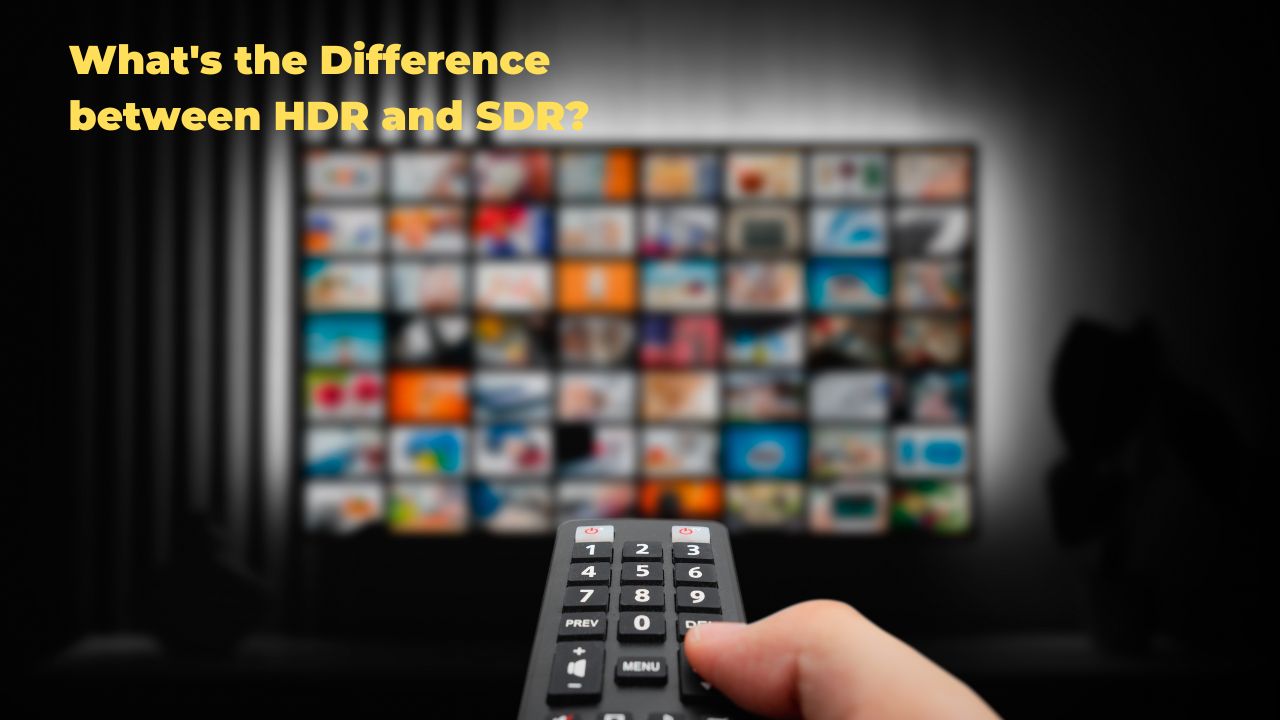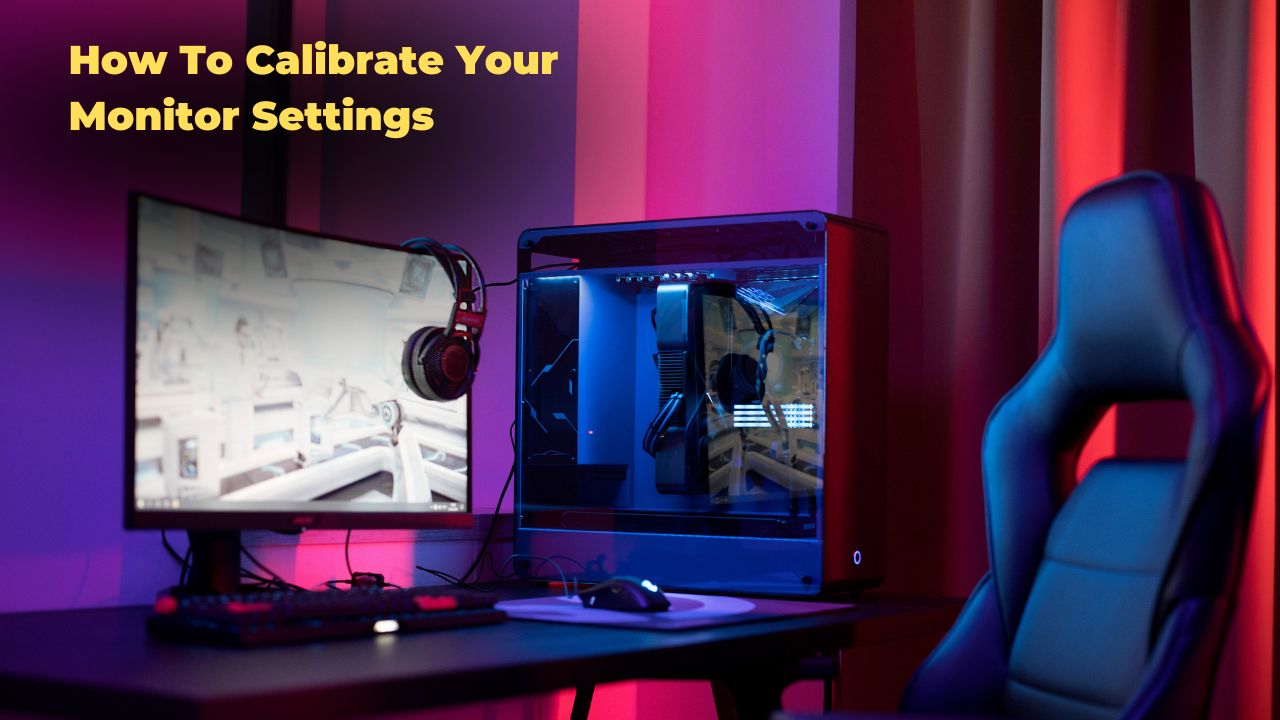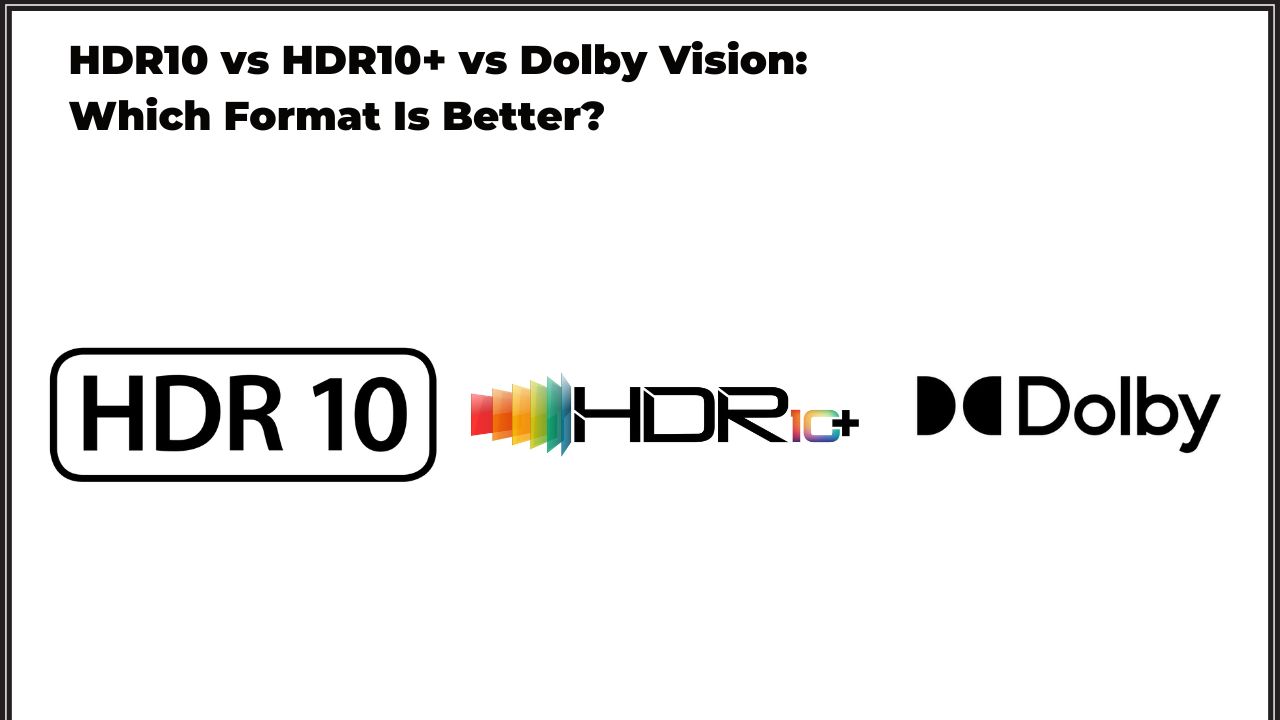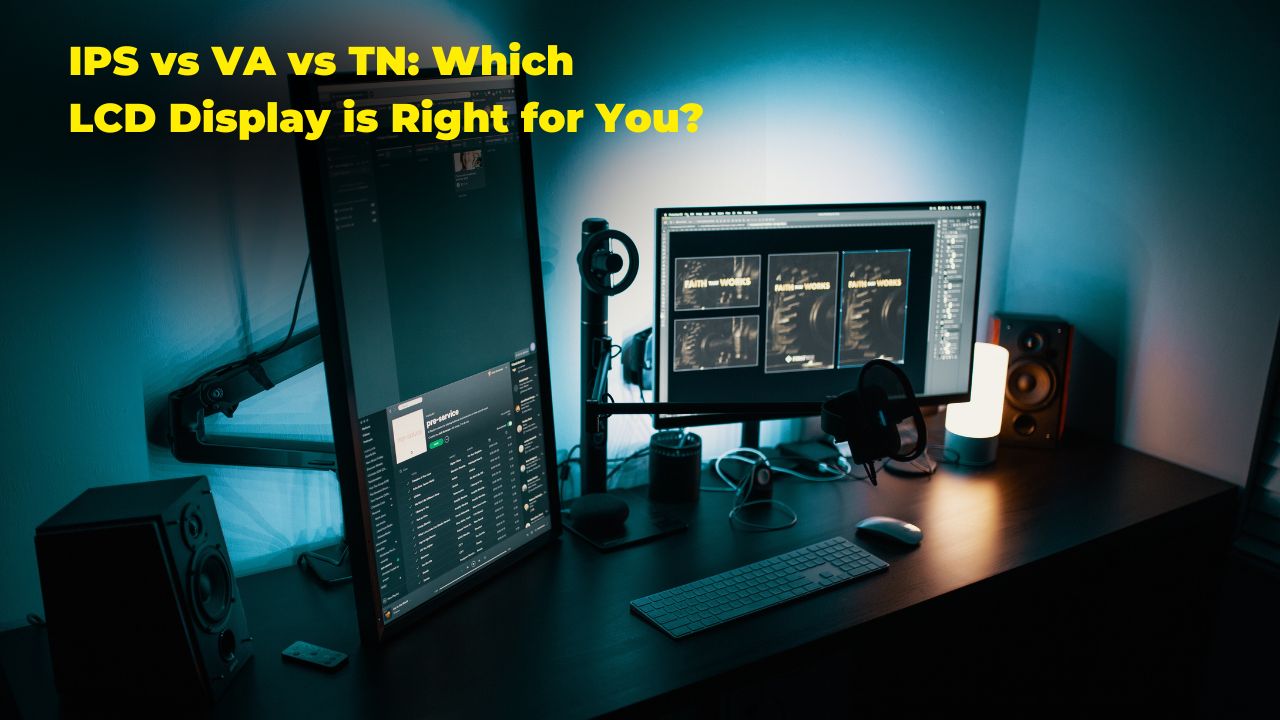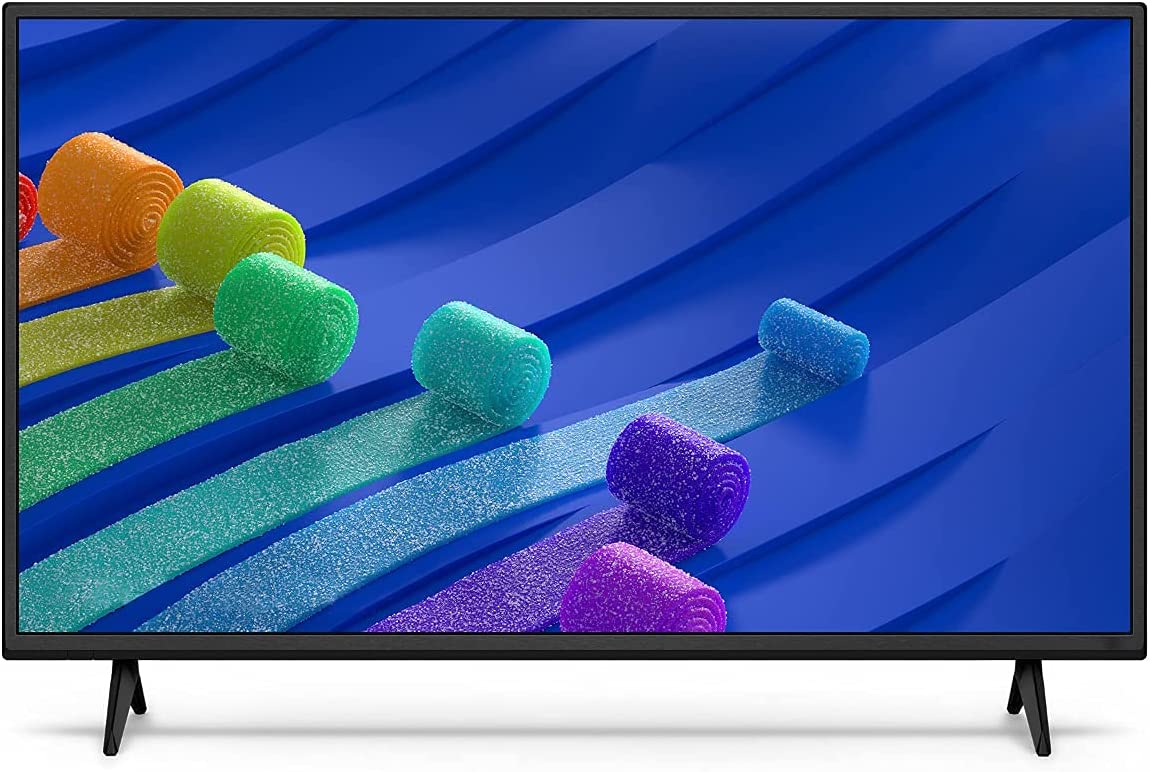High dynamic range (HDR) and standard dynamic range (SDR) represent digital images differently. HDR images have a greater range of tonal values than SDR images. This means they can represent very dark and bright areas of an image in greater detail than SDR images.
The increased range of tonal values in HDR images is made possible using a technique called tone mapping. Tone mapping allows a greater range of brightness values to be compressed into smaller values displayed on a monitor or TV. On the other hand, SDR images use the gamma correction technique to compress the brightness values into a range that can be displayed on a monitor or TV.
HDR images often look more realistic than SDR images because they better represent how our eyes see the world. Our eyes have a much greater range of brightness values than a monitor or TV can display. This means that when we look at an HDR image, we see an image closer to what our eyes would see if we were looking at the scene in real life.
SDR images can sometimes look artificial because they can’t represent the full range of brightness values that our eyes can see. This can make SDR images look flat and lacking in contrast. HDR images, on the other hand, can represent a wider range of brightness values, giving them a more natural look.
Dynamic Vs. Static Metadata
Dynamic range isn’t just the difference between an image’s lightest and darkest parts. It’s also about how much detail is visible in those areas. You’ll see more detail in the very dark and light parts of an image on an HDR TV than you would on an SDR TV.
Regarding HDR, there are two main types of metadata: static and dynamic.
- Static metadata is embedded in the video signal and doesn’t change.
- Dynamic metadata can be changed on the fly and is usually used to optimize the HDR experience for each frame.
Static metadata is a good option if your content doesn’t have a lot of variation in brightness levels. It’s also a good choice if you want to preserve backward compatibility with SDR devices. Dynamic metadata is a better choice if your content has a lot of variation in brightness levels. It can help prevent banding and other artefacts that can occur when static metadata is used.
So, which is better? It depends on your needs. If you want the best possible HDR experience, go with dynamic metadata. If you’re worried about compatibility, go with static metadata.
HDR Peak Brightness
HDR peak brightness measures the highest luminance a television can produce. This figure is important because it determines the maximum detail seen in an image. A higher peak brightness means more detail can be seen, and a lower peak brightness means less detail can be seen.
There are a few different factors that affect HDR peak brightness.
- The type of backlight that is used. LED backlights are capable of producing higher peak brightness than CCFL backlights.
- Panel type. OLED panels are capable of higher peak brightness than LCD panels.
- The OLED panel itself. Some OLED panels are capable of higher peak brightness than others.
The most common type of backlight used in LCD televisions is a CCFL backlight. The backlight limits the peak brightness of an LCD television. CCFL backlights are not as bright as LED backlights. as a result, LCD televisions typically have a peak brightness of around 300 nits.
OLED televisions, on the other hand, do not use a backlight. Instead, they use an OLED panel. OLED panels are much brighter than LCD panels. as a result, Some of the best HDR TVs on the market have a peak brightness of over 1,000 nits. This means they can produce a much wider range of brightness levels than a standard TV.
This allows for a much more realistic image, with more details visible in both the darkest and lightest parts of the image.
HDR Gaming
You might have seen HDR gaming thrown around recently, but what exactly is it? HDR gaming is an umbrella term for a display system that can reproduce a generally wider range and more nuanced range of colours and brightness levels than standard dynamic range (SDR) systems. This results in more realistic and detailed images, with HDR game footage often appearing harder and more ‘lifelike’ than its SDR equivalents.
HDR gaming is still a relatively new technology, and as such, a few kinks need to be ironed out. For example, not all HDR TVs are created equal, and you’ll need to ensure that your TV is properly calibrated to get the most out of HDR gaming. Not all video game consoles also support HDR, though all the major ones do. For PC gamers, more work is required to get HDR up and running, but it’s simple enough.
Despite these few hurdles, HDR gaming is worth considering if you’re serious about getting the most immersive and realistic gaming experience possible.
How to know if you’re watching content in SDR or HDR
If you’re watching content on an HDR-compatible TV, you’ll know it’s HDR if the picture looks significantly better than on a standard dynamic range (SDR) TV. HDR images are brighter, with more vibrant colours and greater contrast.
There are a few things to consider when determining whether the content you’re watching is HDR.
- See if the colours look more vibrant and if the image looks brighter overall.
- HDR images also have greater contrast, so the bright parts of the image will look even brighter, and the dark parts will look even darker.
- Check to see if the image looks more realistic overall.
If it does, then it’s probably HDR.




